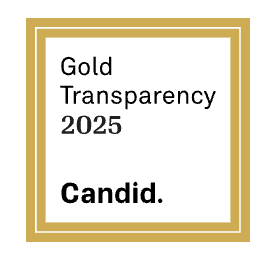Climate scientists, activists, and politicians agree the Inflation Reduction Act (IRA), the most significant climate bill to date, is a crucial first step to reducing carbon emissions to at least 40% below 2005 levels by 2030. The $740 billion legislation is complex, but from a climate perspective, the overall goals include making the shift to decarbonization an equitable and easier transition and supporting the US clean tech industry. About $375 billion over the next 10 years will be allocated to climate projects.
A key piece of the legislation will strengthen the Environmental Protection Agency (EPA)’s role in ending our dependence on fossil fuels. Specifically, the IRA defines carbon dioxide as an “air pollutant.” This definition, New York Times reports, “explicitly gives the E.P.A. the authority to regulate greenhouse gases and to use its power to push the adoption of wind, solar and other renewable energy sources.”


